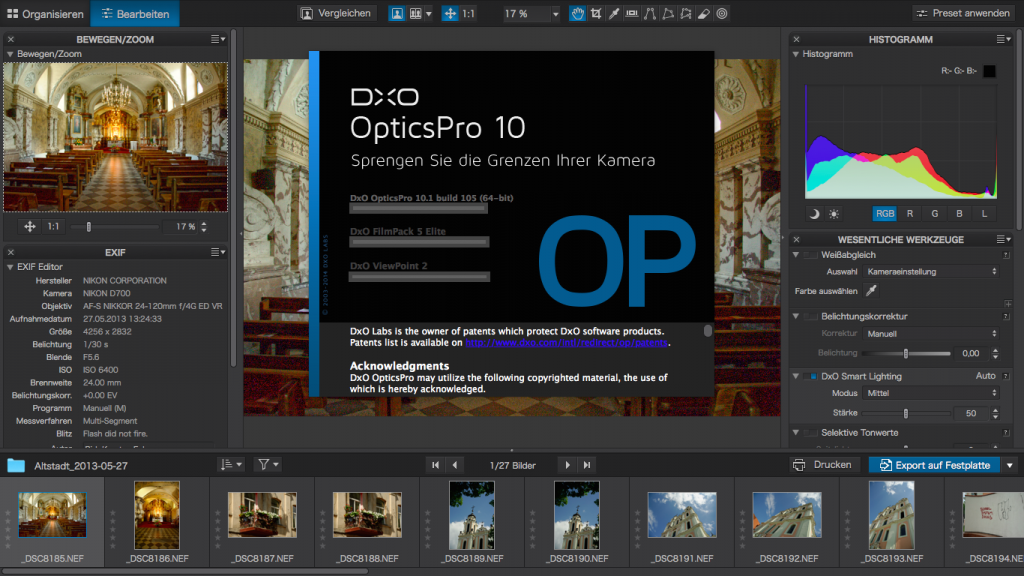

DxO is aiming to address this with the One – a camera that plugs into an iPhone via its Lightning connector, and uses a 1in-type sensor and fast 32mm equivalent f/1.8 lens to deliver much better image quality. DxO is very proud of the work it’s done on exactly recreating the appearance of historical films, but this only makes sense if FilmPack is working directly with RAW files in standalone mode.
#DXO FILMPACK REVIEW PRO#
Sure, they’re slimmer, easier to use and deliver better image quality than most point-and-shoot film cameras ever did, but with their small sensors and tiny non-zooming lenses they have poor low-light image quality and allow little scope for compositional flexibility. The DxO FilmPact 3 Expert software can be considered fairly expensive at 79.00, but similar software, such as Nik Software Color Efex Pro 4 is priced at 199, around 125. Yet smartphone cameras have their limitations. Indeed, with the excellent image quality possible from recent generations of smartphones, it’s now only enthusiast photographers who see the need to own a separate camera. This is all down to smartphones, of course, because since the advent of the iPhone 3G in 2008, smartphones have become the picture-taking tool of choice for many people. Just pick a film stock that looks like the grain in a photo you are working on, and use it as a source for cloning (I’ve covered this in more detail in the FilmPack 2 review ). The grain is derived from real recorded film grain. Despite this, more pictures are now being taken than ever before, and shown to a larger audience through social-media channels such as Instagram and Facebook. One thing I’ve ended up using DxO FilmPack for, is repairing areas of scanned photographs. DxO FilmPack also offers access to tonings, to transform any.
#DXO FILMPACK REVIEW UPDATE#
We’re constantly being told that the camera market is in decline, with sales falling dramatically, particularly in the inexpensive zoom compact sector. The French software company DxO worked on an update to its FilmPack emulsion emulator while updating Optics Pro to. DxO FilmPack digitally simulates the vibrant colors of Kodachrome 64, the soft grain of Tri-X, or the gentle fleshtones of Astia. It is also a supplier of image signal processors (ISPs) to mobile device manufacturers. The company also makes the DxO Analyzer image-analysis system, and runs the DxOMark website that assesses the technical image quality of cameras and lenses. The list of changes in FilmPack 6.

This includes DxO OpticsPro, a fully featured raw converter that’s based around profiled lens-correction modules DxO FilmPack, that emulates the look of analogue film and DxO ViewPoint, for correcting perspective and wideangle distortions. Whilst this article isn’t a review, I do want to mention what’s new in version 6.3 before sharing my thoughts on the FilmPack software. DxO is a French company that’s best known for its imaging software.


 0 kommentar(er)
0 kommentar(er)
